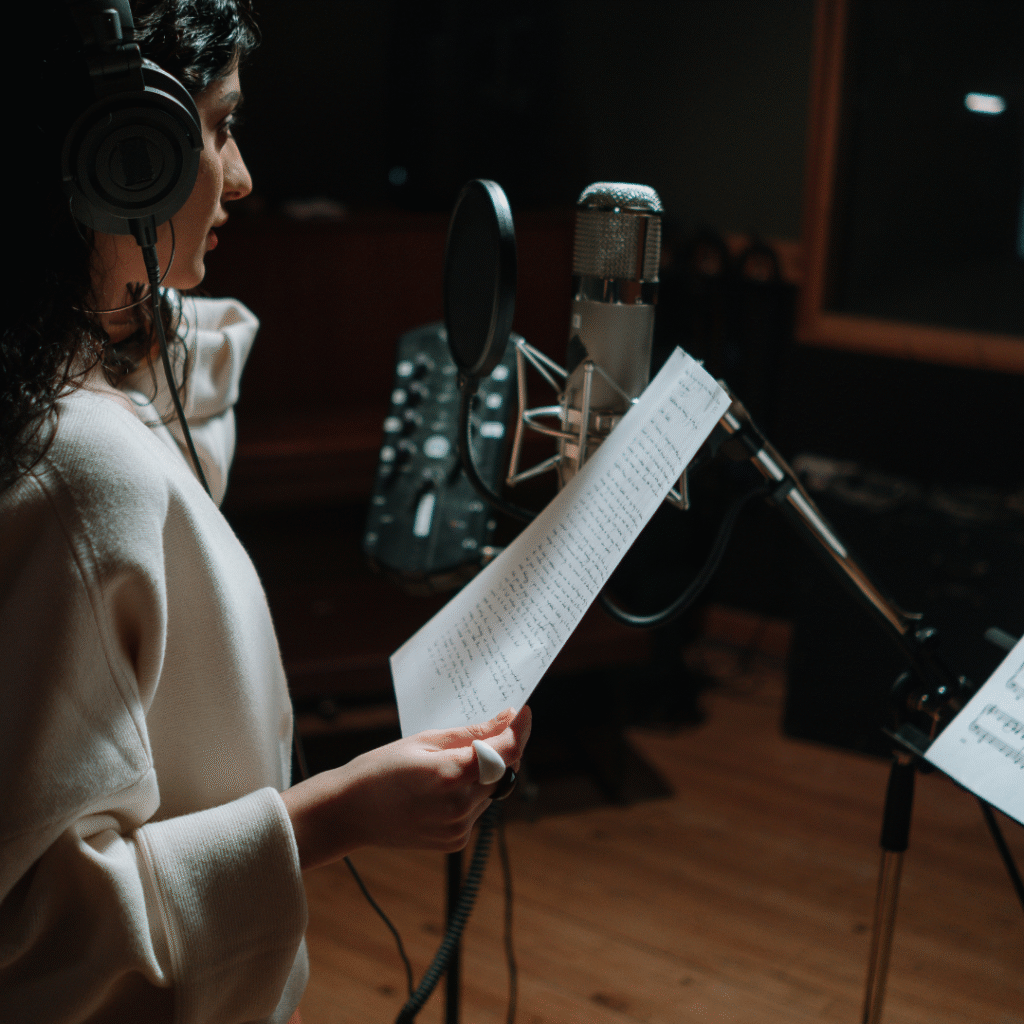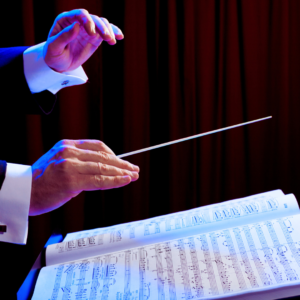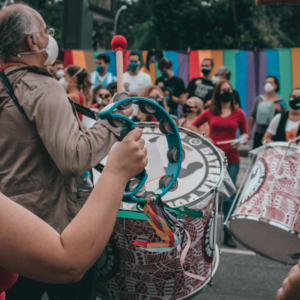Music and modern art share a profound relationship that shapes both disciplines in significant ways. Artists increasingly draw inspiration from musical elements to inform their creative processes, while musicians often explore visual concepts in their performances. Music serves as a vital source of inspiration in modern art, influencing how artists convey emotion, rhythm, and movement.
The fusion of these two art forms has led to innovative collaborations and transformative experiences. Musicians collaborate with visual artists to create immersive environments, while visual artists incorporate sound to enhance their installations. This interplay enriches the artistic landscape, inviting audiences to engage with both music and visual art on a deeper level.
Through exhibitions, performances, and installations, the boundaries between music and modern art blur, creating dynamic experiences that challenge traditional perceptions. The ongoing dialogue between these disciplines continues to push creative limits, making it essential for both artists and audiences to appreciate their interconnectedness.
The Evolution of Music in Modern Art
Music has significantly influenced visual art across different historical periods. This connection can be traced from early cultural expressions through the Renaissance, leading into modern artistic movements.
Early Influences and The Renaissance
During the Renaissance, the integration of music and visual art became more pronounced. Artists like Michelangelo and Raphael were inspired by the harmony found in music, reflecting it in their proportions and compositions.
- Key Developments:
- Synesthesia: Artists often sought to evoke musical qualities through visual means.
- Themes: Musical motifs appeared in paintings, symbolizing harmony and divine order.
Composers like Josquin des Prez influenced painters, as the rhythmic and melodic structures in music inspired their visual works. This period laid the groundwork for the deep interconnection between the two forms.
From the 19th Century to Contemporary Art
The 19th century marked a transformation in how artists approached music’s role in their work. Movements such as Impressionism began to reflect the sound and emotion associated with music.
- Influential Artists:
- Debussy: His musical innovations inspired visual artists to capture the essence of sound in their colors and brushstrokes.
- Monet: His works often evoke musical themes, demonstrating the interplay between sound and sight.
In contemporary art, the relationship evolved further with multimedia installations integrating sound and visuals. Artists like Nam June Paik and sound artists emphasize the auditory elements, creating works that challenge traditional boundaries of both music and visual art. This evolution reflects a continuing dialogue between these two expressive media.
Music as a Tool for Expression and Identity
Music serves as a profound means of expression and identity for both musicians and visual artists. The interplay between sound and visual elements can create a deeper connection between the artist’s feelings and their work.
Music and Identity Among Artists
For musicians, music is often a fundamental aspect of their identity. It reflects personal experiences, cultural backgrounds, and emotional states. Many artists use their songs to navigate themes such as identity, heritage, and social issues.
Visual artists, such as painters, may also incorporate musical elements into their work. They sometimes represent musical themes through color and line, allowing them to communicate their artistic vision while simultaneously reflecting their own identity. The process of creating visual art can be influenced directly by the rhythms and melodies that resonate with them.
Sensory Fusion: Sound, Line, and Color
The fusion of sound and visual art creates unique experiences. Artists often draw inspiration from music to dictate the color palette or the lines in their paintings. The tempo of a piece can influence the boldness of brush strokes or the fluidity of curves on canvas.
Musicians, like composers, are equally impacted by visual aesthetics when crafting their pieces. They consider how sound can evoke imagery, translating emotions into auditory form. Such connections magnify the essential relationship between music and visual arts, showcasing how both media contribute to personal and collective identity.
Iconic Intersections of Music and Visual Arts
Music and visual arts frequently interact, creating powerful expressions of culture and emotion. Various artists have drawn inspiration from one another, leading to iconic works that reflect this synergy.
Influential Personalities and Artworks
Pablo Picasso’s connection to music is evident in his artwork and personal life. His painting “Guernica” captures the chaos of war, reminiscent of the emotional intensity found in some of the music of the time.
Andy Warhol revolutionized the art scene with his incorporation of music icons like David Bowie into visual media. Warhol’s portraiture not only immortalized music legends but also blended the boundaries between visual art and performance.
Romare Bearden’s collage works often feature jazz influences, illustrating the African American experience. His art celebrates music as a core element of cultural identity and community.
Modern Art Movements and Musical Innovation
Surrealism emerged alongside various musical styles in the early 20th century. Artists like Salvador Dalí drew parallels between dreamscapes and avant-garde music, emphasizing emotional expression.
The punk movement in the 1970s reshaped both music and visual arts. Album covers and flyers became canvases for bold designs, channeling the raw energy expressed in punk music.
The fusion of art forms continues today. Musicians often collaborate with visual artists for album artwork and live performances, enhancing the overall experience and blurring artistic boundaries.





